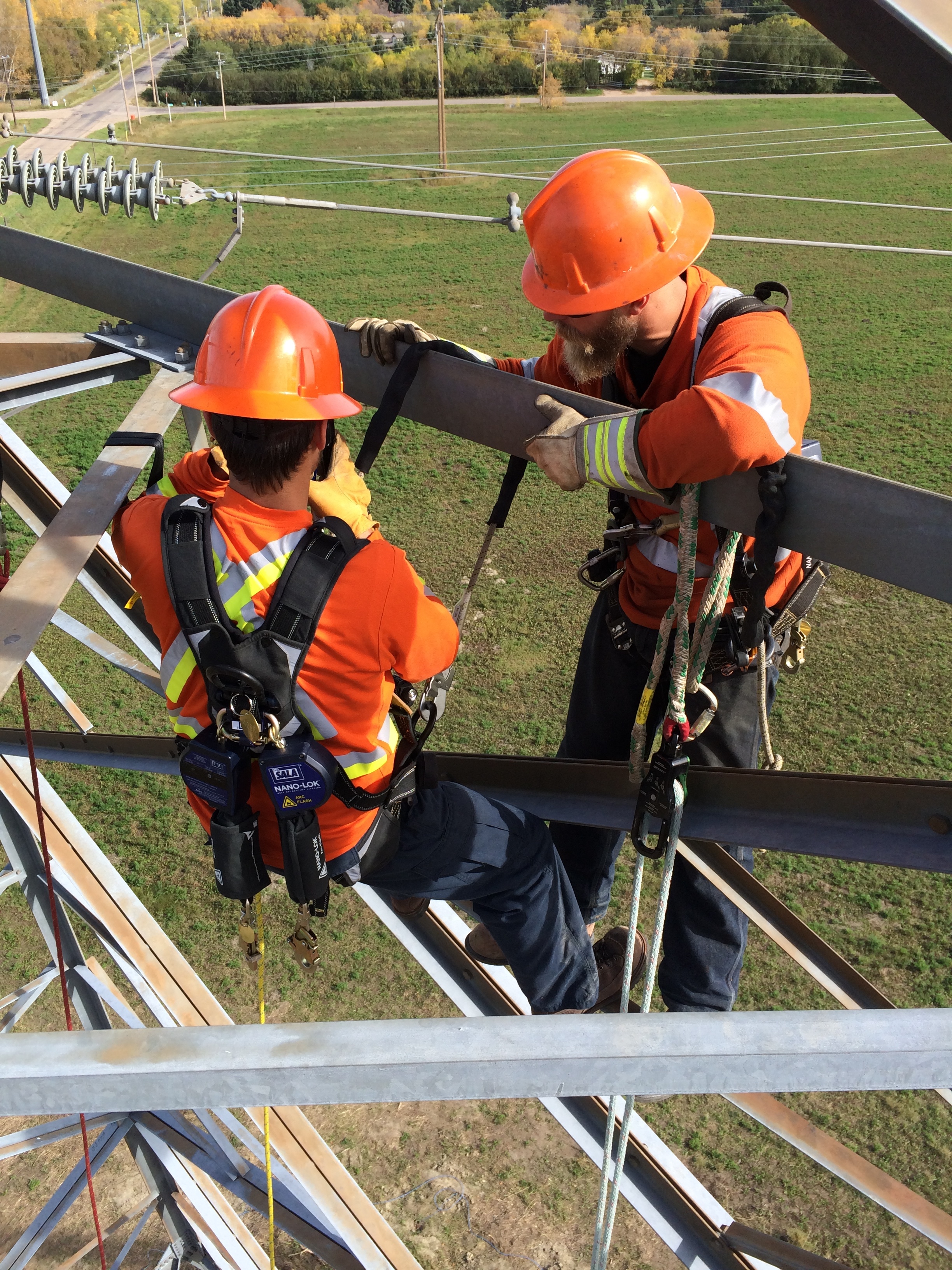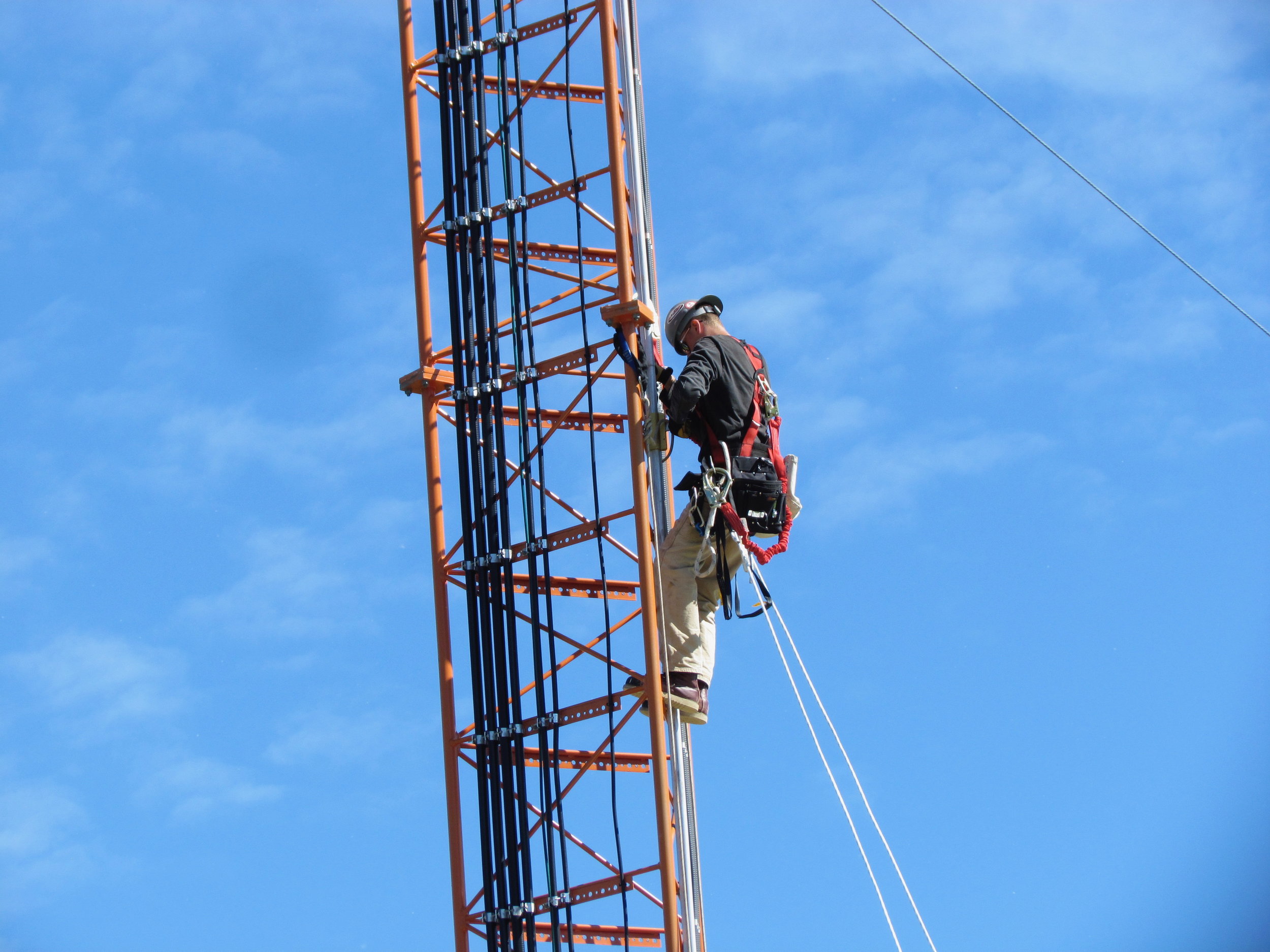Continuing Fall Protection Education
Typically, basic fall protection courses give the end user enough information to identify hazards and understand the basic principles. Basic courses also emphasize reference to manufacturer's instructions but do not cover the specifics of each brand . However, employers do not aways have access to detailed information or they may not think it's important to dig deeper. These courses address just the type of equipment but a specific manufacturer.
HORIZONTAL LIFELINE INSTALLATION AND INSPECTION
This 6 hour course reviews the basic concepts of personal fall arrest in preparation for qualifying worker as an installer of a manufactured flexible horizontal lifeline system as well as the related anchors and stanchions that may be used with the system. Each course is tailored to the manufacturers instructions unique to each horizontal lifeline system. In some jurisdictions, there are legal implications for meeting the requirements of the CSA standard. Testing must be done by the manufacturer but also the system must be installed by a authorized person who understands details of the standard which may affect the integrity of the lifeline.
Equipment Specific Fall Protection courses
Introductory fall protection courses do not provide enough specific instruction or hands on practice to ensure worker competence. This training commonly addresses the use of vertical climbing systems, specialized anchors, simple rope access systems, positioning systems, horizontal lifelines or any other equipment or techniques not covered in a basic course. The length of the training is dictated by the content. Please contact us to discuss this option.
TOWER / structure CLIMBer fall protection
1 DAY
This course is most often taught as a followup to a Fall Protection Awareness course and combined with Tower Rescue. The content can be tailored to address climbing telecom towers, transmission towers, wind turbines, monopoles, wood poles or any other climbable structure. Some content includes vertical cable and rail systems, synthetic vertical lifelines, fall arrester compatibility, positioning systems, anchor strength issues, step bolt adapters, first climb systems and related legislative requirements.



